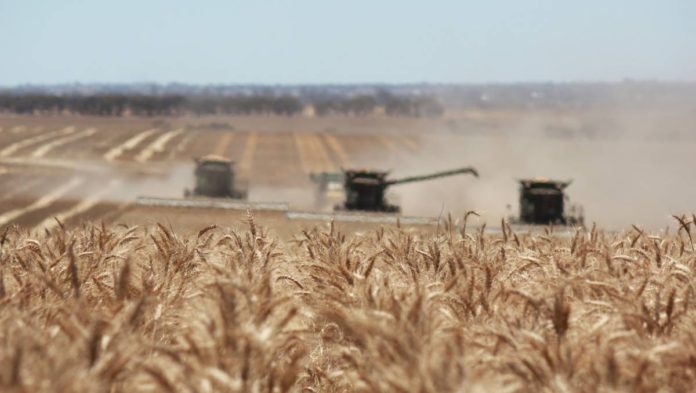Harvesting of the 2022 main season cereal crops in Botswana, consisting mostly of maize and sorghum, was completed in June.
Cereal production is estimated at 80 000 tonnes, down from the bumper harvest in 2021 but still 22 percent above the five‑year average, owing to an above‑average cereal acreage.
According to the Food and Agriculture Organisation (FAO), crop yields in the southern African country are estimated at slightly below‑average levels, as high temperatures and low rainfall amounts in January and February 2022 – an important period for grain development, created less‑than‑ideal conditions and curbed crop productivity.
“Water supplies and grazing conditions for livestock were reported to be satisfactory as of June across most of the country, except for the North East District,” it said.
Botswana is a net importer of cereals, mostly maize and wheat, which on average satisfy about 70 percent of the domestic needs for both food and feed.
“Cereal import requirements in the 2022/23 marketing year (April/March) are forecast at 370 000 tonnes, an 8 percent decline compared to the five‑year average level reflecting the large domestic production in 2022,” FAO added.
“Despite the forecast for reduced import quantities, the total import bill is expected to increase year on year in 2022/23, owing to the elevated global prices of cereals and energy. According to the latest data by Statistics Botswana, the value of cereal imports represented 20% of the total food bill in May 2022, compared to 15% in May 2021, primarily reflecting a significant increase in the cost of importing wheat, largely sourced from or through South Africa.”
Botswana’s annual food inflation rate in June was estimated at 10 percent, up from 7% a year earlier.
The upturn, according to FAO, is mostly due to rising prices for transportation and food, reflecting high global prices and given the country’s net importing status for foods and fuel. Prices of bread and cereals, which account for the largest share of an average person’s calorie intake, increased by 9% in the 12 months to June 2022.
According to the latest Botswana Vulnerability Assessment Committee (BVAC) report, released in July 2022, almost 37 000 people are in need of food assistance until at least March 2023.
The food insecurity is close to the number estimated in the previous year.









